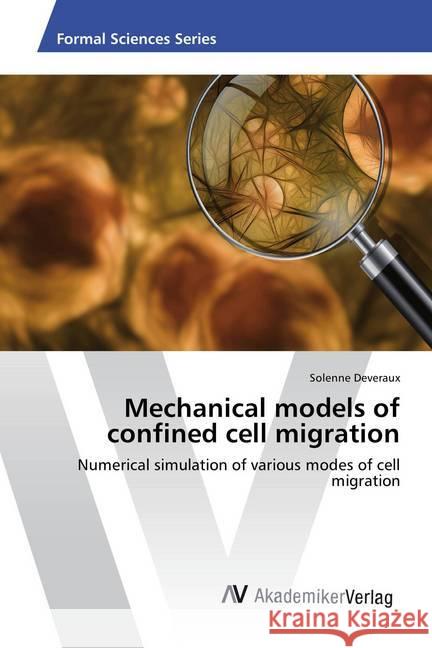Mechanical models of confined cell migration : Numerical simulation of various modes of cell migration » książka
Mechanical models of confined cell migration : Numerical simulation of various modes of cell migration
ISBN-13: 9783639872392 / Angielski / Miękka / 2016 / 64 str.
Mechanical models of confined cell migration : Numerical simulation of various modes of cell migration
ISBN-13: 9783639872392 / Angielski / Miękka / 2016 / 64 str.
(netto: 169,97 VAT: 5%)
Najniższa cena z 30 dni: 178,47
ok. 10-14 dni roboczych
Bez gwarancji dostawy przed świętami
Darmowa dostawa!
Cell migration in confined environments is a burning topic, since it is one of the main biological processes ruling embryogenesis, cancer metastasis or an organism immune system. Based on a previously developed cell confined migration model and the observation of micro-channels experiments, this thesis focuses of two main aspects. First, the evidence that the nucleus was capable of breaking its lamina to pass through narrow sub-nuclear constrictions led us to reconsider the way it was defined: different rheological models for the lamina and the nucleoplasm are thus used. Secondly, the confined migration model relied on an adhesion-based migration mode, while all the recent interest in cell migration through confined environments featured a compression-based migration mode in which the cell would not need to form any focal adhesions with the substrate. Hence, a new migration model is developed to describe this adhesion-free mode that mostly occurs during three-dimensional confined migration and is referred to as 'chimneying', since it mimics the behavior of a rock climber in a chimney.











